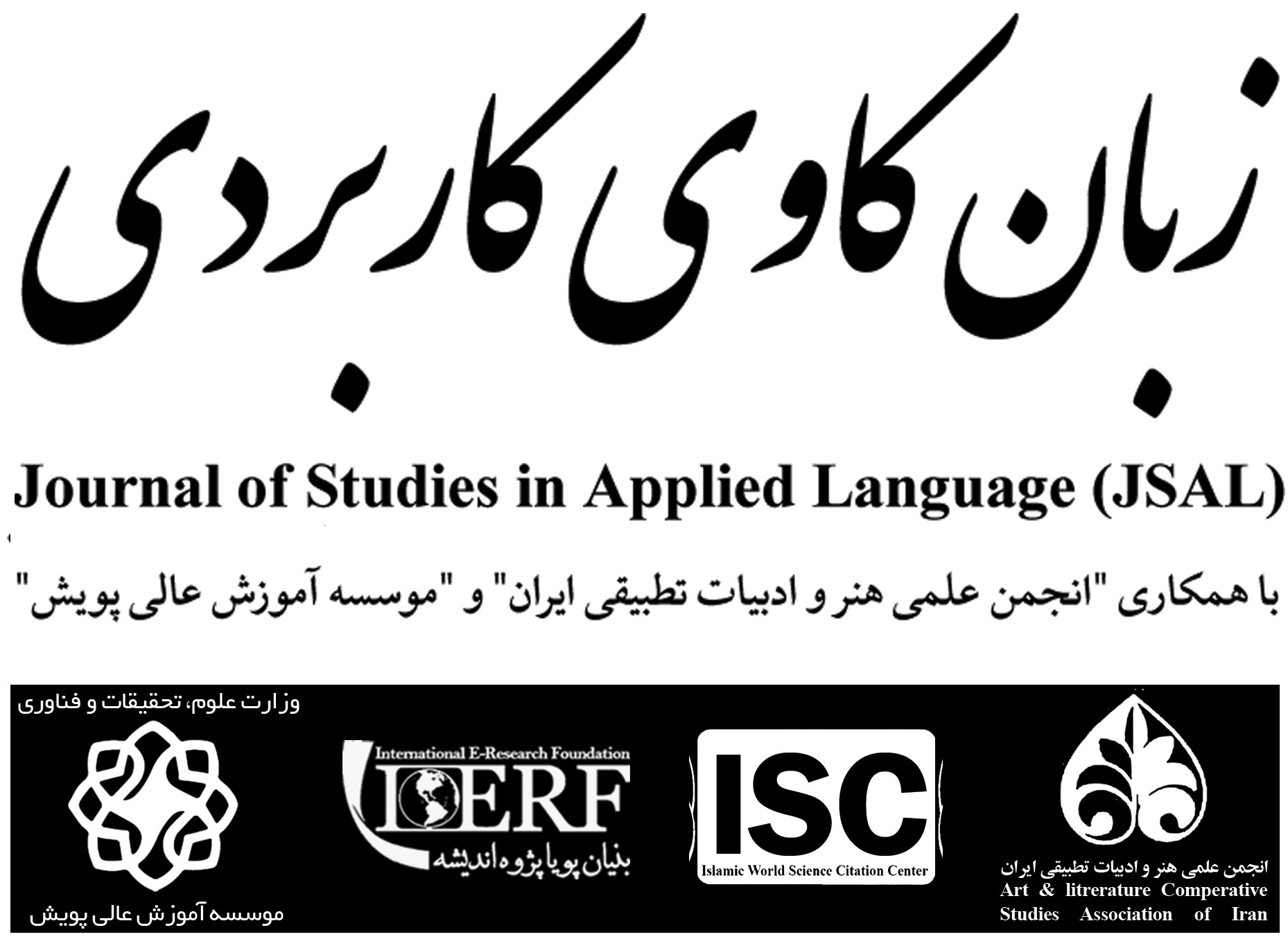<>
Volume 7, Issue 2 (5-2024)
JSAL 2024, 7(2): 1-26 |
Back to browse issues page
Download citation:
BibTeX | RIS | EndNote | Medlars | ProCite | Reference Manager | RefWorks
Send citation to:



BibTeX | RIS | EndNote | Medlars | ProCite | Reference Manager | RefWorks
Send citation to:
Shokati A. (2024). The Utilization of Agricultural, Animal Husbandry, and Avian Terminology and Expressions in Shahriar's Heydar Baba Collection with a Focus on Azeri Language [In Persian]. JSAL. 7(2), 1-26.
URL: http://jsal.ierf.ir/article-1-118-en.html
URL: http://jsal.ierf.ir/article-1-118-en.html
Assistant professor of persian language and literature. Faculty of Humanities. Khoy branch. Islamic azad university. Khoy. Iran , shokati81@yahoo.com
Abstract: (1606 Views)
Shahriar's poetic work is inspired by the picturesque landscapes of Azerbaijan. Given Azerbaijan's historical reputation for its fertile soil conducive to agriculture and lush scenery, which have fostered a flourishing livestock industry and regional economy, the Heydar Baba collection showcases a variety of Azerbaijani terms and expressions specific to agriculture, animal husbandry, and avian life. This descriptive-analytical study, grounded in library research and oral literature, delves into the agricultural, animal husbandry, and avian vocabulary found in the Heydar Baba collection. The findings illustrate Shahriar's deep connection with nature, reflected in his extensive use of terminology related to these fields. Additionally, the geographic location of Azerbaijan has made agricultural and animal husbandry practices, including poultry farming and bird breeding, significant aspects of the region, with even the natural landscape influencing the nomenclature of rivers and mountains, as well as children's toys inspired by agriculture and animal husbandries, such as Alak-dulak, Qab-bazi, and Tokhm-morgh Bazi. Moreover, a lexical analysis reveals that some words have transcended literary boundaries, with certain terms long circulated among Azerbaijani speakers, having Persian origins and being distorted Persian terms like Baqcha, Yunja, Zemi, Gul, Dasteh Gool, Alcha, Armut, Tokhm, Tuleh, Ghaz, Qirqi, Bildirchin, Durna, and Urdak. Others, such as Meviz, Bagh, Gardekan, and Gulbesar, retain their Persian form. This study also highlights the metaphorical use of certain words, adding layers of meaning through similes, metaphors, or allusions, exemplified by Gulbesar. Lastly, the influence of nature is evident in the derivation of place names and even vegetables, like Qarah Kul, Qara Cheman, Dashli Bulakh, and Bulagh Uti.
Keywords: Sociolinguistics, Azeri Language, Shahriar, Heydar Baba Collection, Animal Husbandry Terms, Agricultural Terms
Type of Study: Research |
Subject:
Sociolinguistics
Received: 2024/03/24 | Accepted: 2024/06/8 | Published: 2024/06/15
Received: 2024/03/24 | Accepted: 2024/06/8 | Published: 2024/06/15
References
1. Braidwood R. (1984). Prehistoric humans. Translated by Ismail Minofer. 1th Edition. Tehran: Jiran Publications. [In Persian]
2. Bahrami T. (1949). Private animal husbandry. Tehran. [In Persian]
3. Poladi H. (2002). History of millennia: social, political, cultural and economic. Translated by Ali Alami Kermani. Tehran. [In Persian]
4. Dehkhoda A. (1969). Dictionary of Dehkhoda. Under the supervision of Dr. Mohammad Moeen, Dr. Seyyed Jafar Shahidi. Tehran: Tehran University Press. [In Persian]
5. Zare Shahmersi. P. (2014). Comprehensive Turkish-Persian dictionary of Shahmarsi. Qazvin: Azarmidokht Publications. [In Persian]
6. Shahriar M. (2003). The generalities of Turkish poems by Haydar Babaye Salam. 17th edition. Tabriz: Zarin Publications. [In Persian]
7. Kavianpur. A. (2000). Literary and social life of Professor Shahriar. 3th edition. Iqbal Publications. [In Persian]
8. Moeen M. (1992). Moein dictionary. 8th edition. Tehran: Sepehr Publications. [In Persian]
Send email to the article author
| Rights and permissions | |
 |
This work is licensed under a Creative Commons Attribution-NonCommercial 4.0 International License. |







